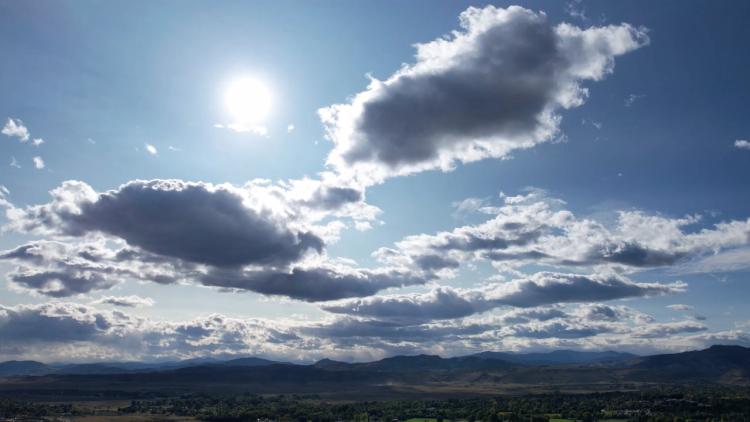“The best way forward is to follow the procurement of each instrument throughout its development so that whenever an issue pops up, we can contribute to finding a way forward.”
This is what he and his team helped to do back in 2022 when a problem arose with the Infrared Atmospheric Sounding Interferometer – New Generation (IASI-NG), which measures temperature, humidity, atmospheric composition and more. Shortly after completion of the instrument testing, Airbus Defence and Space (Airbus DS) and CNES discovered that one of the detectors was not functioning as expected.
Each identical satellite, this first one plus its two replacements, to be launched after each one has reached the end of its life, will carry an IASI-NG instrument. Unfortunately, this instrument was supposed to go up on the very first satellite, so there was not much time to understand the severity of the situation and find a solution.
Bruni and his team were faced with a number of serious questions. Did the problem plaguing this instrument also affect the next identical instrument planned to fly on the replacement satellite, Metop Second Generation A2 (Metop SG-A2)? If not, could they expedite the construction of that one to make it possible to be flown on the first satellite?
Luckily, testing revealed that the problem with the detector did not affect the second IASI-NG instrument. So, Bruni and his team cooperated with CNES, ESA, and Airbus DS, to work out a plan to speed up the construction of the second IASI-NG, which was delivered in September 2024.
“It’s not the kind of problem where you can go in with a screwdriver to fix it,” said Bruni.
“There's no heroic gestures behind it. Like most of our challenges, it’s solved purely through careful analysis and finding a compromise where everybody shares the right amount of risk.”
With the launch of Metop SG-A1 now only a few months away, Bruni is approaching this upcoming milestone with cautious optimism.
“As the first satellite in this series, it will be the first time to see a Metop-SG satellite operating in its real environment,” he said.
“By the time of the launch, we’ll have done all the tests we were supposed to do and be confident that it will operate as expected, but it won’t be until after launch that we will get the confirmation that everything works.
“So, when I think about the launch, it’s with a combination of tension and excitement.”
Author:
Sarah Puschmann



